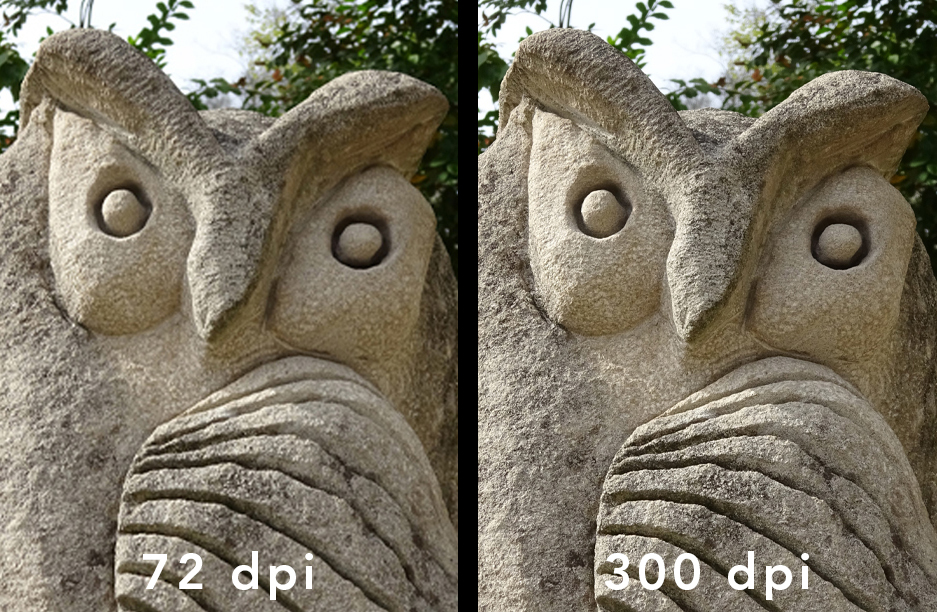If you don’t deal with saving different file types every day it’s understandable to be confused when you see all the possible options. Here’s a little cheat sheet to help you avoid the back-and-forth by sending the correct file the first time.
VECTOR
“Vector files are images that are built by mathematical formulas that establish points on a grid.” (adobe.com) I dive deeper into this in my article, JPGs Are Not Vector.

An important note that I cannot stress enough, if you open a non-vector file (like a JPG) in a vector program (like Illustrator) and save it as an .AI, .EPS, .SVG, or .PDF file, THIS DOES NOT MAKE IT VECTOR.
IMAGE
“Raster images are constructed by a series of pixels, or individual blocks, to form an image.” (hubspot.com) Again, I dive deeper into this in my article, JPGs Are Not Vector.
Resolution is very important when working with images because you cannot resize them without compromising their integrity - small files will blur if you try to make them larger (see example below). Best practice is to use 72 dpi for web and 300 dpi for print. (dpi = dots per inch)

ANIMATED
“A GIF is a kind of image file that showcases brief animations.” (socialpilot.com)
In addition to the various file types and correct resolution, it’s important to mention color modes. Anything that is going to be used digitally should be created in RGB (red, green, blue) while printed pieces should be CMYK (cyan, magenta, yellow, black) or Pantone.